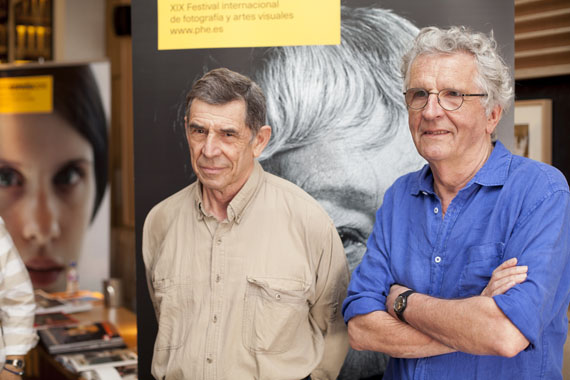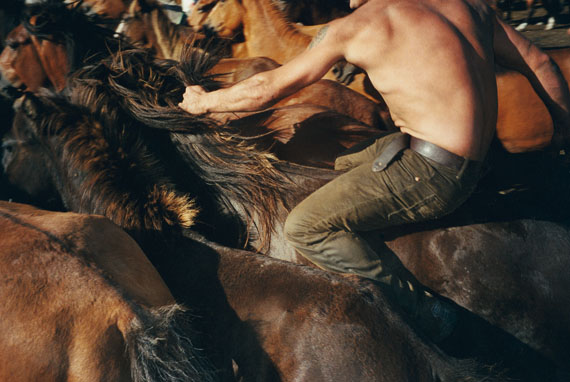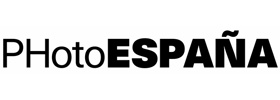
Cristobal Hara »
The Bartolomé Ros Award 2016
Exhibition:

PHotoEspaña 2016 : The Bartolomé Ros Award for the most significant Spanish career in photography has been granted to Cristóbal Hara. The jury, consisting of Rosa Ros, responsible for Bartolomé Ros’ legacy; photographer Ramón Massats, winner of the 2014 PHotoEspaña Award; Rosario Peiró, head of collections at the Centro de Arte Reina Sofía; Pepe Font de Mora, director of the Fundació Privada Foto Colectania; and PHotoEspaña president Alberto Anaut, wishes to recognize Cristóbal Hara for “the originality of his work, his singular vision and the depth of his work throughout the last decades.”
The award, granted in honor of the legacy of Bartolomé Ros, acknowledges the contribution of a Spanish figure to the development of photography in any of its fields, whether as curator, author, historian, critic or through any other direct link to the medium. Previous winners: Colita, Gervasio Sánchez, Carlos Pérez-Siquier, Fundació Foto Colectania, Chema Madoz, Chema Conesa, Isabel Muñoz, Ricard Terré, Marta Gili y Javier Vallhonrat (ex aequo), Alejandro Castellote, the Librería Kowasa, Joan Fontcuberta, Alberto García-Alix, Juan Manuel Castro Prieto, Ramón Masats, Cristina García Rodero and Publio López Mondéjar.
About Cristóbal Hara
Cristóbal Hara (Madrid, 1946) is one of the major exponents of contemporary Spanish photography. As Chema Conesa declares in the volume Cristóbal Hara, from the PHotoBolsillo series published by La Fábrica, “Hara’s images radiate emotion. They pierce the consciousness of those who know nothing nor pretend to know what they’re seeing. A celebration of exaltation, intuition and an inner conviction about the reality of the feelings they transmit.” Regarding the evolution of Cristóbal Hara’s photographic language, Conesa explains in this same volume, “He is an artist who begins with the clear documentary vocation of the best Bressonian school and tradition –the decisive moment –and then, through an inner journey, changes techniques and methods until reality is reduced to fiction, from the decisive moment to the irrelevant shot, from the impeccably composed image to the theoretically incorrect image, and all this while managing to elaborate a photographic language ideal for transmitting direct and emphatic emotions, free from the strictures of both styles and rules.”�
